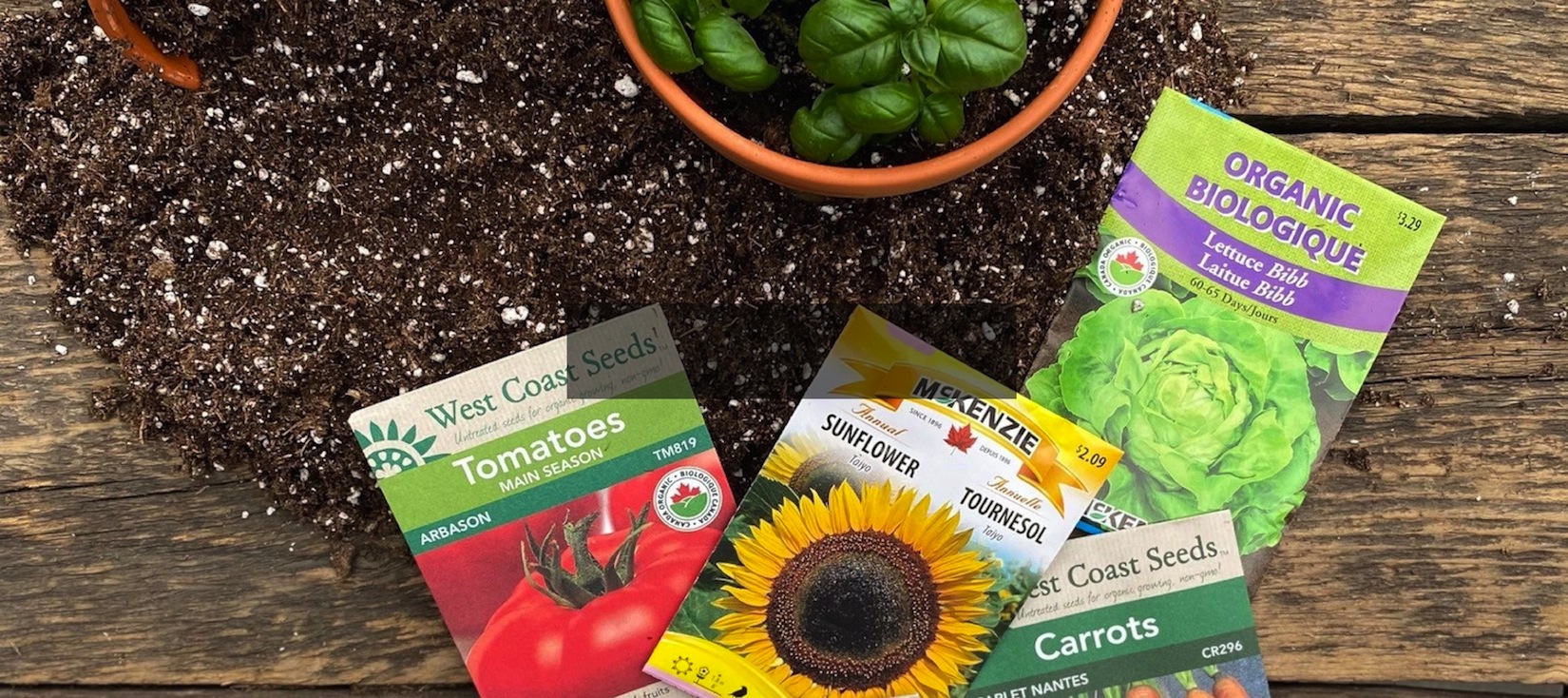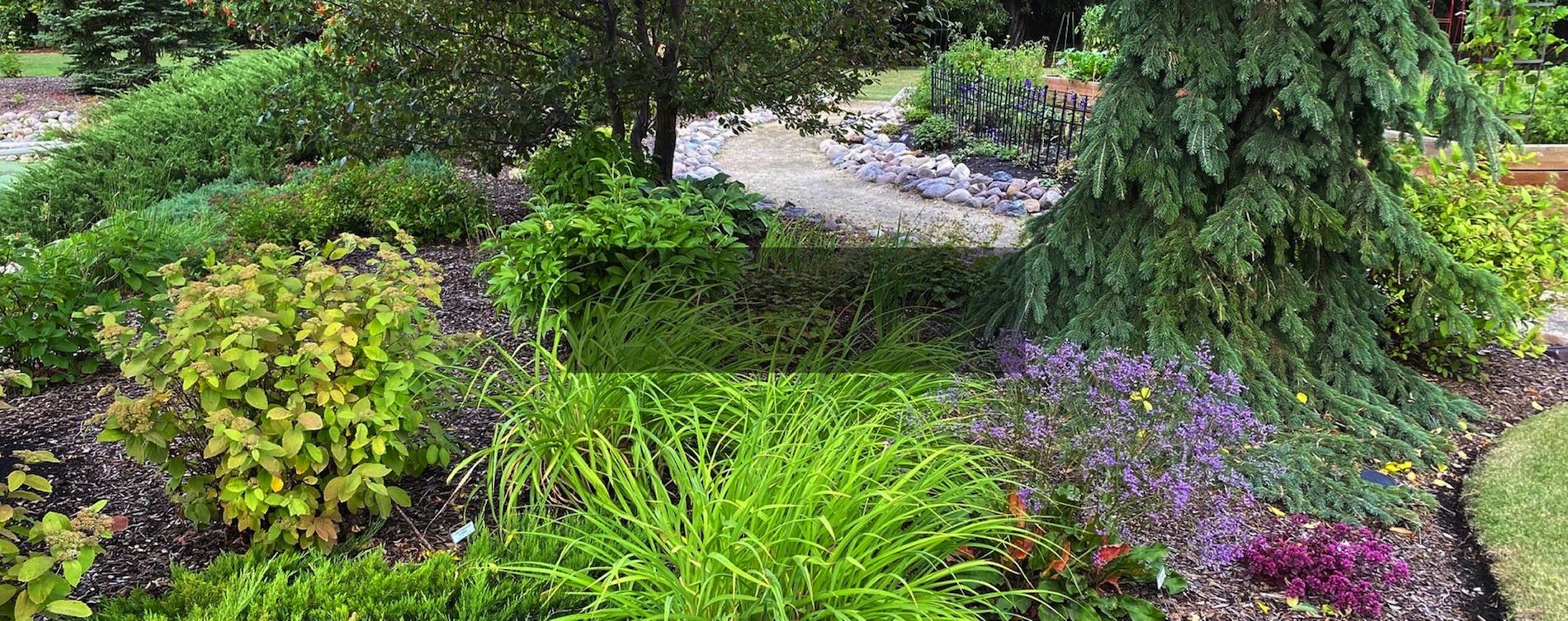Growing Herbs Indoors

There is nothing like fresh herbs to add flavour and fragrance to your favourite recipes. Packaged herbs can be quite costly to buy and quite often don’t compare to the flavour of freshly snipped herbs. No matter what the season, potted herbs will bring colour and texture to any windowsill.
Helpful Tips
Place potted herbs in a brightly lit window; if you require supplemental light, fluorescent or led lights will suffice.
Check plants often for moisture; plants with woody stems such as thyme and oregano can stay on the dry side, however soft stemmed plants such as basil and dill should not be allowed to dry out extensively.
Fertilize every two weeks to encourage new growth. Use a water-soluble fertilizer such as liquid kelp or 15-30-15. All herbs should be pinched regularly to encourage new growth and maintain a tidy shape.
Herbs to Try

Basil
A very popular herb for cooking, Basil is the perfect herb to stir into pasta sauces, meat recipes, and many other dishes. It’s one of the few herbs whose flavour increases once cooked. Provide bright light, do not overwater. Sensitive to cold temperatures.

Chives
A very hardy perennial, chives will spread if given room, so should be contained if grown outdoors.

Lavender
A popular fragrance in soaps and sachets, lavender will grow well indoors in winter, but enjoys a break outdoors once spring arrives. The most fragrant of all herbs, lavender can be allowed to dry out well between waterings.

Oregano
The most popular Oregano for cooking is Greek, however sweet, spicy, golden and more are available. Dubbed the “pizza herb” Oregano is excellent for flavouring meat sauces, and virtually any Italian recipe! Pinch back often, and take care not to overwater.

Mint
So many choices! Beyond spearmint – chocolate, grapefruit, lemon and so many more mint varieties are available. One of the easiest herbs to grow indoors or out, do not allow mint to dry out extensively, and pinch often for busy growth. Excellent for tea.

Rosemary
This slow growing herb is powerful and a little goes a long way. Use the tender tips for cooking and the older leaves for potpourri or sachets. Use stronger, older stems as skewers for barbecuing meat and chicken.

Sage
Popular for flavouring poultry and dressings, sage reminds everyone of Thanksgiving and Christmas. This strong herb prefers to stay on the dry side and requires frequent pinching to promote the most flavourful tender growth.

Stevia
This easy to grow herb can be used fresh or dried as a sugar substitute. Grows to about 18” tall or so, requires rich yet well drained loam in a sunny spot.

Thyme
The underlying flavour in countless dishes, thyme can be used for soups, sauces, rubs – anything! One of the easiest herbs to grow.





